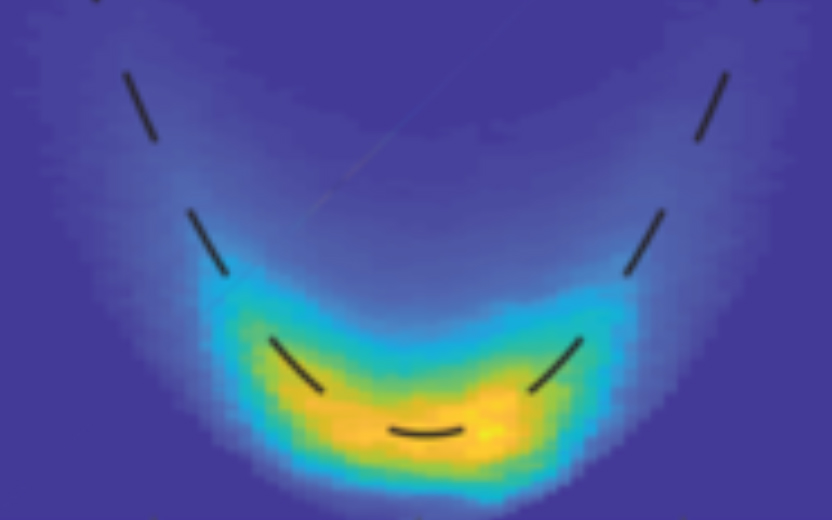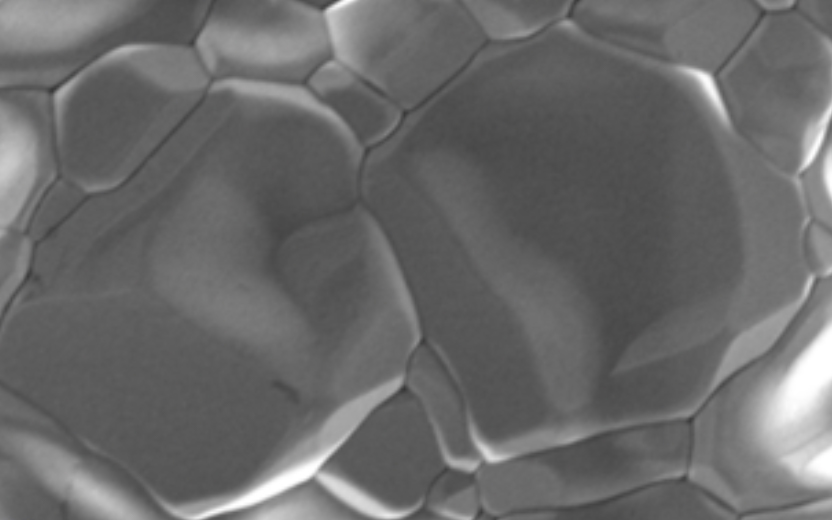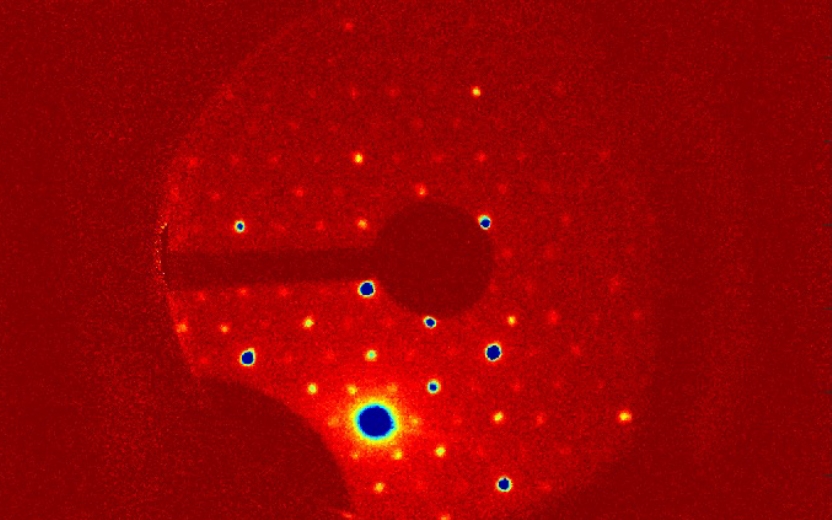Diversity column test
Each of these relies on beams of particles, and better beams lead to new capabilities. CBB addresses three areas of beam science and technology: beam production, beam acceleration, and beam dynamics and control. These all fit together in a research ecosystem.
Bright, high-intensity electron beams are produced using the photoelectric effect, a phenomenon first explained by Einstein, in which laser light excites electrons out of a material called a photocathode. CBB is gaining new insights into the photoemission process and is putting them to use to produce beams with unprecedented brightness. Find more information on the Beam Production page.
The gold standard for accelerating intense charged particle beams is the superconducting RF cavity, in which the beam “surfs” a powerful electric field to gain energy. CBB is developing next-generation SRF cavities that will vastly reduce their cost, increase energy sustainability, and simplify operation. For the first time, the brightest beams will be available to industry and university research. Find more information on the Beam Acceleration Page.
Bright beams have complex behavior, so manipulating them can be an art. CBB is conserving the brightness of beams from high-performance sources. It is also inventing new techniques to increase the brightness of stored, by feeding information from the beam back on itself and using techniques such as machine learning to optimize beam transport. Find more information on the Beam Dynamics and Control page.
The Center for Bright Beams – A Culture of Inclusion
The Center for Bright Beams is a diverse and inclusive organization that equally supports people of all genders, races, religions, sexual orientations, abilities and has a measurable impact on the participation of underrepresented groups in sciences and technology, particularly in accelerator science.
CBB's Strategic Diversity Objectives and Deliverables
Resources for Increasing Diversity in Science
Understanding Implicit Bias
Implicit bias is an automatic reaction we have towards other people. These attitudes and stereotypes can negatively impact our understanding, actions, and decision-making.
- Project Implicit: The Implicit Association Test (IAT) measures attitudes and beliefs that people may be unwilling or unable to report. The IAT may be especially interesting if it shows that you have an implicit attitude that you did not know about. For example, you may believe that women and men should be equally associated with science, but your automatic associations could show that you (like many others) associate men with science more than you associate women with science. Awareness of our biases is the first step in combatting them.
Diversity in Science – An Everyone Issue with Dr. Corrie Moreau.
Increasing Diversity in Physics
The Center for Bright Beams is a member of the Institute for Broadening Participation (IBP) and participate in their PathwaysToScience program.
- Diversity Toolbox for students and faculty
- Student Resources: Search 1,000+ fully funded STEM programs and funding opportunities nationwide
- TeamUP: The AIP National Task Force to Elevate African American Representation in Undergraduate Physics & Astronomy (TEAM-UP)
- TEAM-UP Full Report
- TEAM-UP recommendations
- STEP-UP
Check the APS web site for resources
Creating a Culture of Teamwork
Teamwork is the cornerstone of our success.
- Team-Based Science – Strategies for Success, Practical Tools, and Future Directions, Dr. Kara Hall
- Team Science: Current State of Knowledge with Dr. Kara Hall
- CBB Handbook
Effective Mentoring
Mentoring creates a culture of inclusion through the sharing of knowledge and experience, creating a level playing field for all.
- National Mentoring Community: Supporting diversity in undergraduate physics
- National Research Mentoring Network
- MyMentor: Build your virtual mentoring network
- Pathways to Science Mentoring Manual
Column One
Column Two
Column Three
Column Four
Understanding Implicit Bias:
Implicit bias is an automatic reaction we have towards other people. These attitudes and stereotypes can negatively impact our understanding, actions, and decision-making.
- Project Implicit: The Implicit Association Test (IAT) measures attitudes and beliefs that people may be unwilling or unable to report. The IAT may be especially interesting if it shows that you have an implicit attitude that you did not know about. For example, you may believe that women and men should be equally associated with science, but your automatic associations could show that you (like many others) associate men with science more than you associate women with science. Awareness of our biases is the first step in combatting them.
- Diversity in Science – An Everyone Issue with Dr. Corrie Moreau.
Effective Mentoring:
Mentoring creates a culture of inclusion through the sharing of knowledge and experience, creating a level playing field for all.
- National Mentoring Community: Supporting diversity in undergraduate physics
- National Research Mentoring Network
- MyMentor: Build your virtual mentoring network
- Pathways to Science Mentoring Manual
Creating a Culture of Teamwork:
- Team-Based Science – Strategies for Success, Practical Tools, and Future Directions, Dr. Kara Hall
- Team Science: Current State of Knowledge with Dr. Kara Hall
- CBB Handbook
Increasing Diversity in Physics:
- The Center for Bright Beams is a member of the Institute for Broadening Participation (IBP) and participate in their PathwaysToScience program.
- Diversity Toolbox for students and faculty
- Student Resources: Search 1,000+ fully funded STEM programs and funding opportunities nationwide
- TeamUP: The AIP National Task Force to Elevate African American Representation in Undergraduate Physics & Astronomy (TEAM-UP)
- TEAM-UP Full Report
- TEAM-UP recommendations
- STEP-UP
- Check the APS web site for resources



